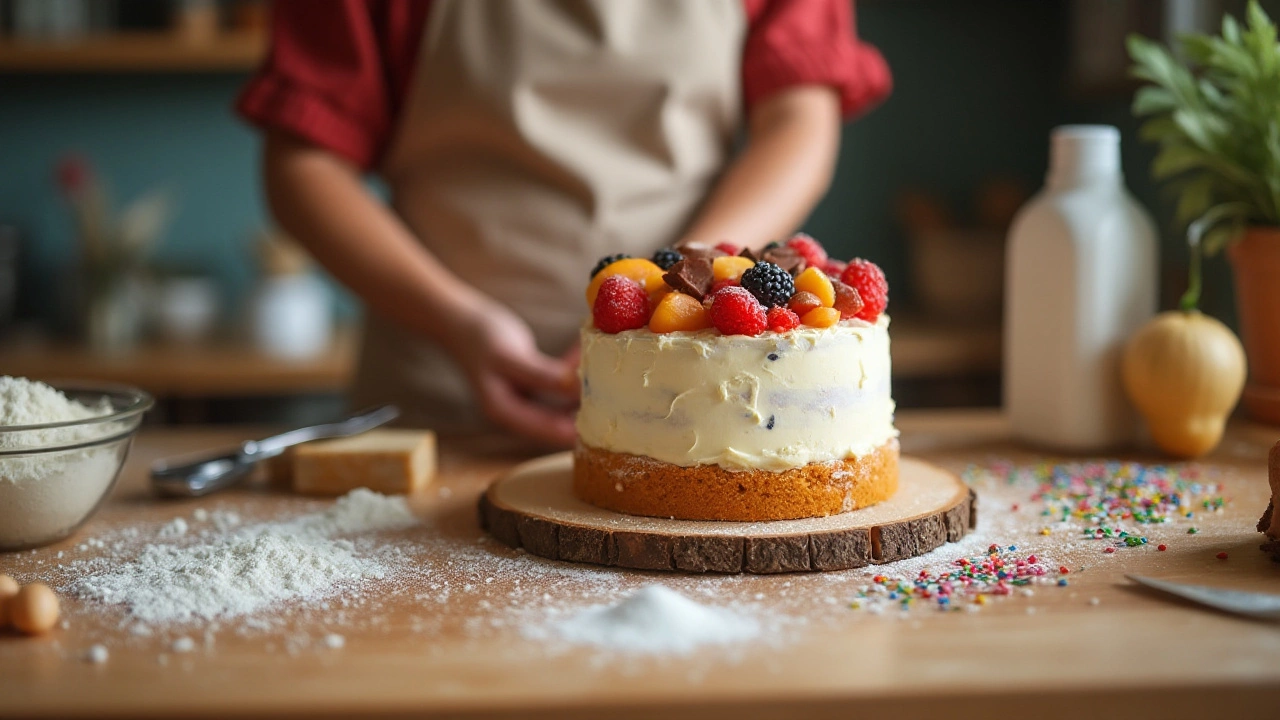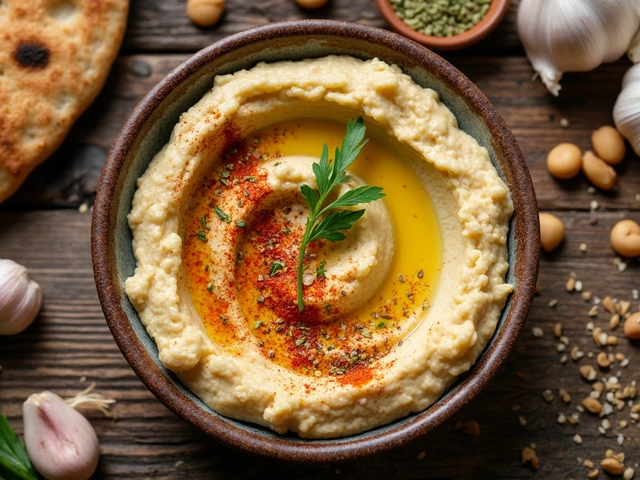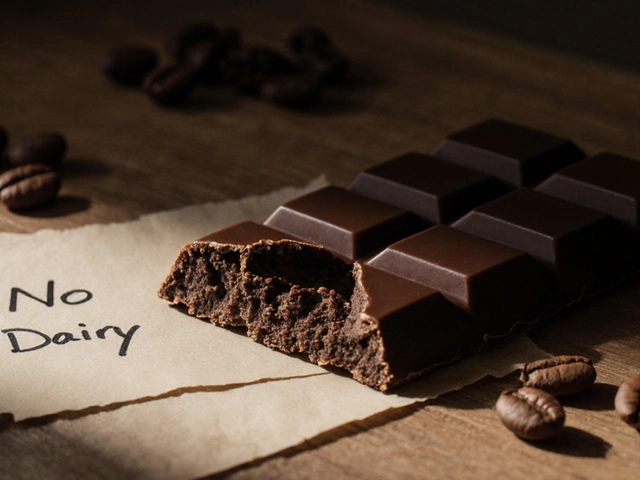DIY Cakes: Simple Steps to Bake Your Own Delicious Cakes
Want a cake that looks good and tastes great without hiring a pro? You’re in the right spot. Below you’ll get the basics you need to start baking cakes at home, plus shortcuts that save time and effort.
Essential Tools and Ingredients for DIY Cakes
First thing’s first – the right gear makes a world of difference. A sturdy 9‑inch round pan, a silicone spatula, and a digital kitchen scale are all you really need. If you don’t have a scale, a set of measuring cups works, but weighing ingredients gives consistent results.
For ingredients, stick to the classic trio: flour, sugar, and fat (butter or oil). Use all‑purpose flour for most cakes, but if you’re after a lighter crumb, swap a quarter of it for cake flour. Granulated sugar keeps the texture tender, while brown sugar adds a subtle caramel note.
Eggs act as the binder, so fresh eggs are a must. If you’re out, a mix of ¼ cup mashed banana or ¼ cup applesauce per egg works in many recipes, though it changes the flavor a bit.
Don’t forget leavening agents – baking powder and baking soda. A pinch of salt balances the sweetness and strengthens the gluten network, preventing the cake from collapsing.
Quick Tips to Perfect Your Homemade Cake
1. Room‑temperature ingredients. Let butter, eggs, and milk sit out for about 30 minutes before mixing. This helps everything combine smoothly and prevents a grainy texture.
2. Don’t over‑mix. Once you add the flour, stir just until it disappears. Over‑mixing develops gluten, which makes the cake tough instead of fluffy.
3. Check the oven temperature. Most home ovens run a little hot or cold. Use an oven thermometer and adjust by 10‑15°F if needed. Baking at the right heat ensures the cake rises evenly.
4. Test for doneness. Insert a toothpick into the center; it should come out with a few crumbs, not wet batter. If the tip is clean, the cake is ready.
5. Cool before frosting. Let the cake sit in the pan for 10 minutes, then turn it onto a wire rack. Warm cake can melt buttercream, so give it time to set.
Now that you’ve got the basics, explore the posts in this tag for specific ideas. Want a smooth fudge topping? Check out the “Real Secret to Perfect, Creamy Fudge” guide. Need to avoid a sunken gluten‑free cake? The “Gluten‑Free Cakes Sink” article breaks down the common culprits and fixes.
If you’re after something festive, the “Creative Birthday Cake Alternatives” posts show how to skip the traditional tiered cake and still wow guests. For a classic crowd‑pleaser, the “Most Eaten Cake in the World” article reveals why chocolate sponge is a go‑to and gives a simple recipe you can try tonight.
Remember, baking is part science and part fun. Experiment with flavors, try a new frosting, or swap in a different flour. Each attempt teaches you what works for your kitchen.
Ready to roll up your sleeves? Pick a recipe from the list, gather your tools, and start mixing. Before you know it, you’ll have a homemade cake that’s not just edible, but downright impressive. Happy baking!"

Deciding Between Store-Bought and Homemade Birthday Cakes: Cost Considerations
Choosing between buying a birthday cake or making one at home depends on various factors, including cost, time, and personal preferences. This article explores whether it's cheaper to make or buy a birthday cake by analyzing ingredient costs, time investment, and skill level required. It also provides insight into how custom design and dietary requirements can affect the costs. Readers will discover cost-saving tips on both sides of the decision, helping them make a choice that suits their needs and budget.
View More




